These first images of inside the stricken Fukushima Dai-Ichi power plant reveal the terrifying conditions under which the brave men work to save their nation from full nuclear meltdown.
The Fukushima Fifty - an anonymous band of lower and mid-level managers - have battled around the clock to cool overheating reactors and spent fuel rods since the disaster on March 11.
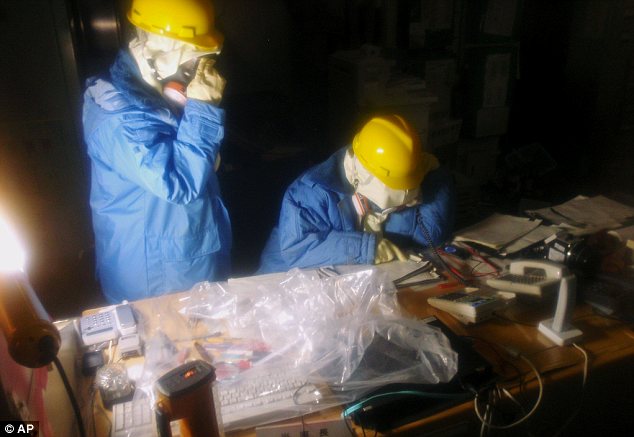
Despite sweltering heat from the damaged reactors, they must work in protective bodysuits to protect their skin from the poisonous radioactive particles that fill the air around them.
But as more radiation seeps into the atmosphere minute by minute, they know this job will be their last.
Five are believed to have already died and 15 are injured while others have said they know the radiation will kill them.
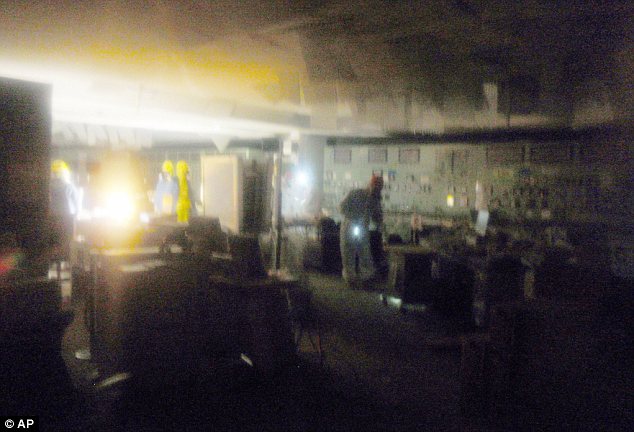
Japan has rallied behind the workers with relatives telling of heart-breaking messages sent at the height of the crisis.
A woman said her husband continued to work while fully aware he was being bombarded with radiation. In a heartbreaking email, he told his wife: 'Please continue to live well, I cannot be home for a while.'
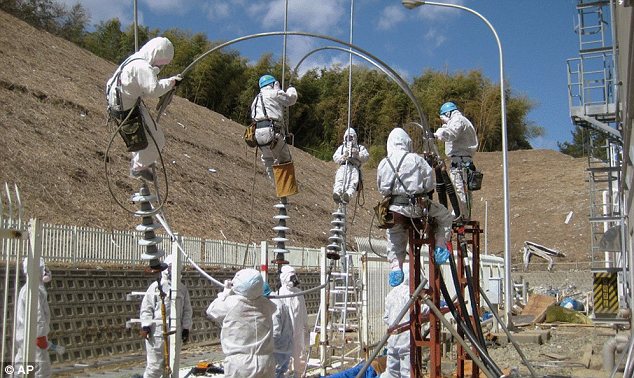
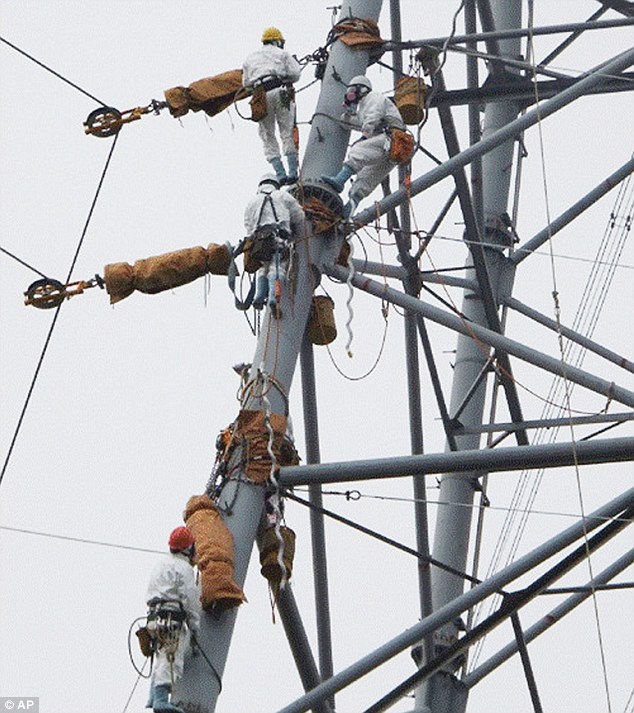
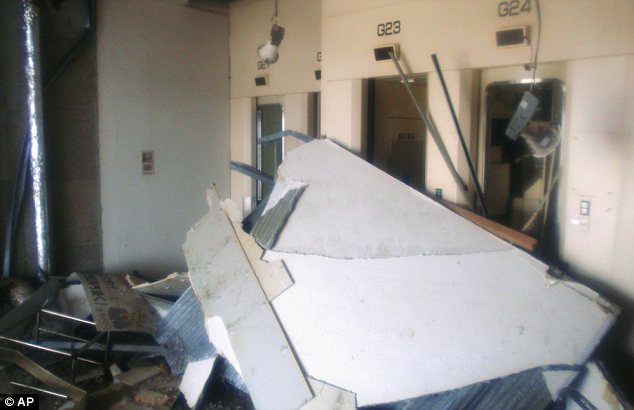
But it is becoming even more pressing that the Fukushima succeed after it was revealed today that Tokyo's tap water has been contaminated by unusual levels of radiation.
The government have issued a warning to all mothers urging them not to let babies drink the tap water.
The warning came after it emerged last night that radioactive particles have reached Europe and are heading towards Britain in the wake of the catastrophe that officials say could cost up to £190billion - making it the costliest natural disaster in history.
And fresh safety concerns arose today as black smoke was spotted emerging from Unit 3 of the plant, prompting a temporary evacuation of all workers from the complex, operators Tokyo Electric Power company said.
Tokyo Water Bureau officials said levels of radioactive iodine in some city tap water contained 210 becquerels per litre of iodine 131 - two times the recommended limit for infants.
They warned parents not to give babies tap water, although they said it is not an immediate health risk for adults.
Nearly two weeks after the twin March 11 disasters, nuclear officials were still struggling to stabilise the damaged and overheated Fukushima Dai-Ichi plant, which has been leaking radiation since the disasters knocked out the plant's cooling systems.
Radiation has seeped into vegetables, raw milk, the water supply and even seawater in the areas surrounding the plant.
Meanwhile, officials in Iceland have detected 'minuscule amounts' of radioactive particles believed to have come from Fukushima, the site of the worst nuclear accident in 25 years.
Last night the British Government said radiation from Japan had not been detected by the UK's network of monitoring stations set up after the 1986 Chernobyl explosion. A spokesman said any signs of radiation were not expected in the next few days.
However, France's nuclear agency said tiny amounts were likely to arrive in the country by today.
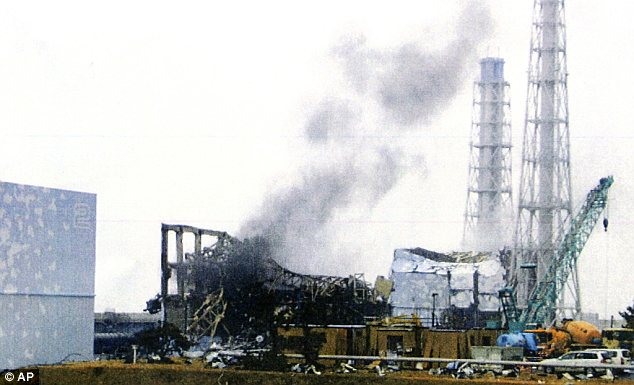
Radiation from nuclear accidents and explosions is monitored by the UN's Comprehensive Test Ban Treaty Organisation, based in Vienna.
A source said several stations had detected particles believed to have been released from Fukushima in the days after it was hit by the earthquake and tsunami.
'Reykjavik is the first in Europe,' the source added. The levels are about one millionth of the natural background radiation, and pose no threat to the public, experts said.
'We are not expecting it to be detected in Britain in the next few days,' a spokesman for the Department of Energy and Climate Change said.
Japanese officials said the health risk was low outside the plant, but were yesterday chastised by the International Atomic Energy Agency watchdog over a lack of information about how much radiation had been emitted.
Levels in Tokyo rose ten-fold in the days after the 9.0-magnitude earthquake earlier this month, and tiny traces have been detected in California and Washington DC.
The IAEA lacks data on the temperatures of the spent fuel pools of reactors 1, 3 and 4 at Fukushima.
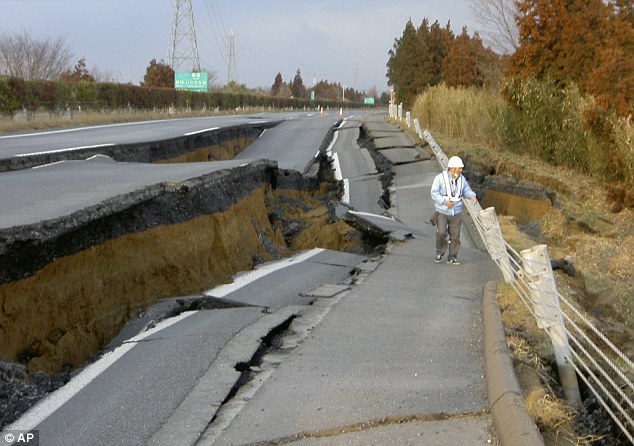
It has been claimed the plant was storing more uranium than it was designed to hold, and had repeatedly missed mandatory safety checks.
The official death toll in Japan has exceeded 9,400. At least 13,200 people are still missing and 350,000 are in shelters.
Yesterday firemen connected electric cables to the plant in the hope of restarting cooling systems. Although hundreds of tons of water have been blasted into two of the damaged reactors, smoke and steam continue to pour out.
U.S. halts food imports from affected areas of Japan
The U.S. Food and Drug Administration says it will halt imports of dairy products and produce from the area of Japan where a nuclear reactor is leaking radiation.
The FDA says that those foods will be detained at entry and will not be sold to the public. The agency previously said it would just step up screening of those foods.
Other foods imported from Japan, including seafood, will still be sold to the public but screened first for radiation.
Japanese foods make up less than 4 percent of all U.S. imports, and the FDA has said it expects no risk to the U.S. food supply from radiation.
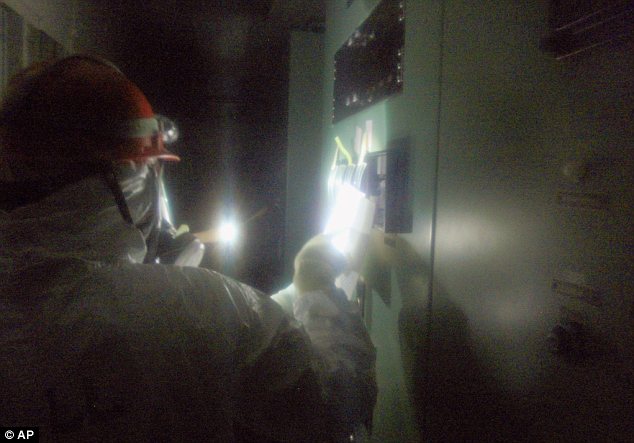
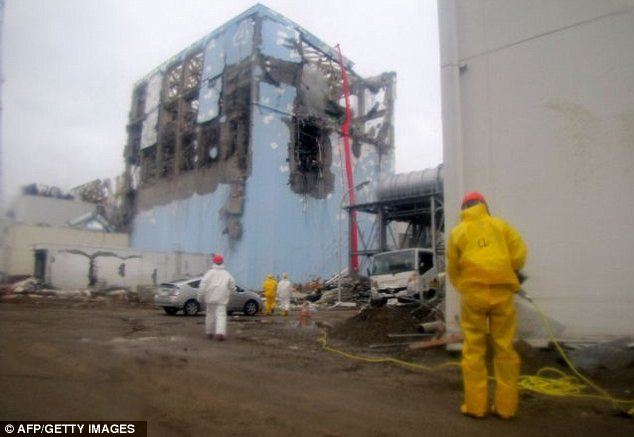


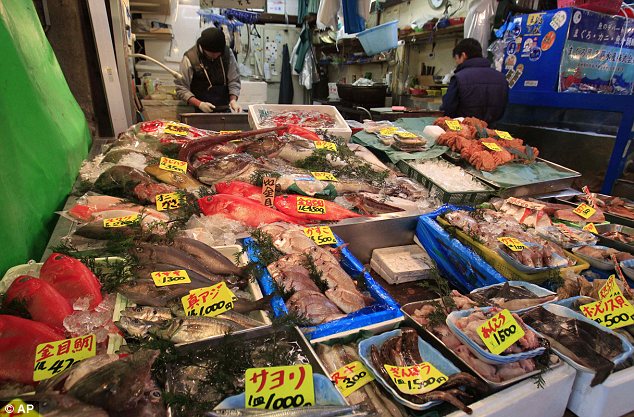



To face certain exposure of most likely lethal doses of rads in the short to long term takes a lot of guts. I cannot comprehend what it is like to stare at death and continue working to save the plant from turning into a worse disaster. These people are heroes.